In the ever-evolving world of dog ownership, trends in breed popularity can shift dramatically over time. While some breeds experience a surge in popularity due to factors like media exposure, changes in lifestyle, and celebrity endorsements, others see a decline. This article explores eight dog breeds whose popularity is on the decline, delving into the reasons behind the trend. From changing living conditions to health concerns and shifts in cultural preferences, various factors contribute to the decreased interest in these breeds. Understanding these trends is crucial for prospective dog owners, breeders, and canine enthusiasts as it reflects broader changes in society’s relationship with dogs.
1. Dalmatian
The Dalmatian, once a symbol of regalness and featured prominently in popular culture, has seen a decrease in popularity. This decline can be attributed to the breed’s high energy levels and need for regular, vigorous exercise, which may not fit well with modern, busy lifestyles. Additionally, Dalmatians have specific health concerns, such as deafness and urinary stones, which require attentive care. The aftermath of their cinematic fame also led to impulsive adoptions followed by a surge in relinquishments when owners could not meet their needs, further impacting their popularity.
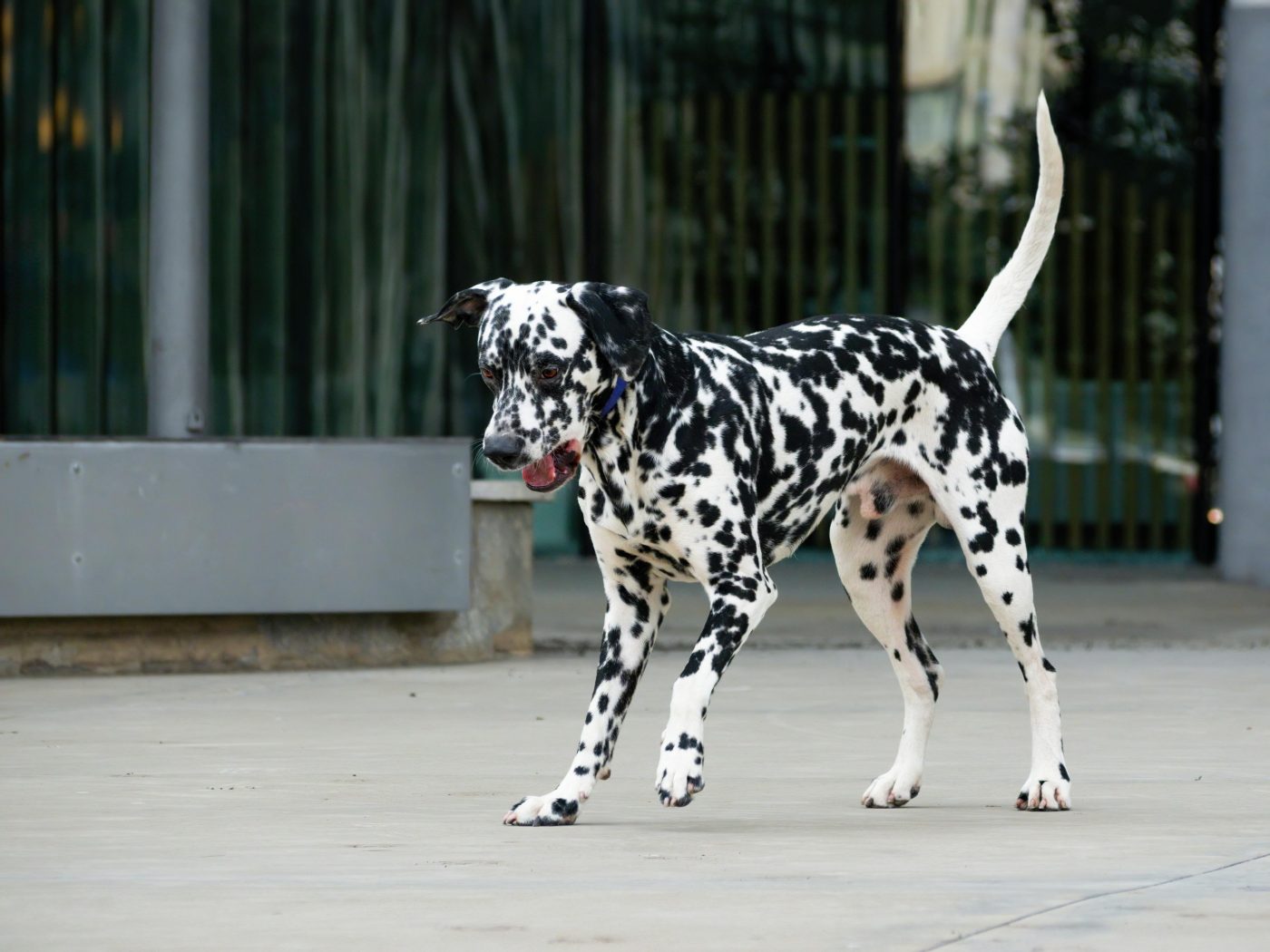
2. Saint Bernard
Saint Bernards, known for their gentle nature and heroic history in alpine rescues, are seeing a decline in popularity due to their size, maintenance, and health issues. Their large stature requires ample living space, making them less suitable for urban living conditions. Moreover, the breed’s susceptibility to health problems such as hip dysplasia and heart issues, combined with their significant grooming needs, contribute to the declining interest. The practical challenges of owning a giant breed in a fast-paced modern world have led many to opt for smaller, less demanding companions.
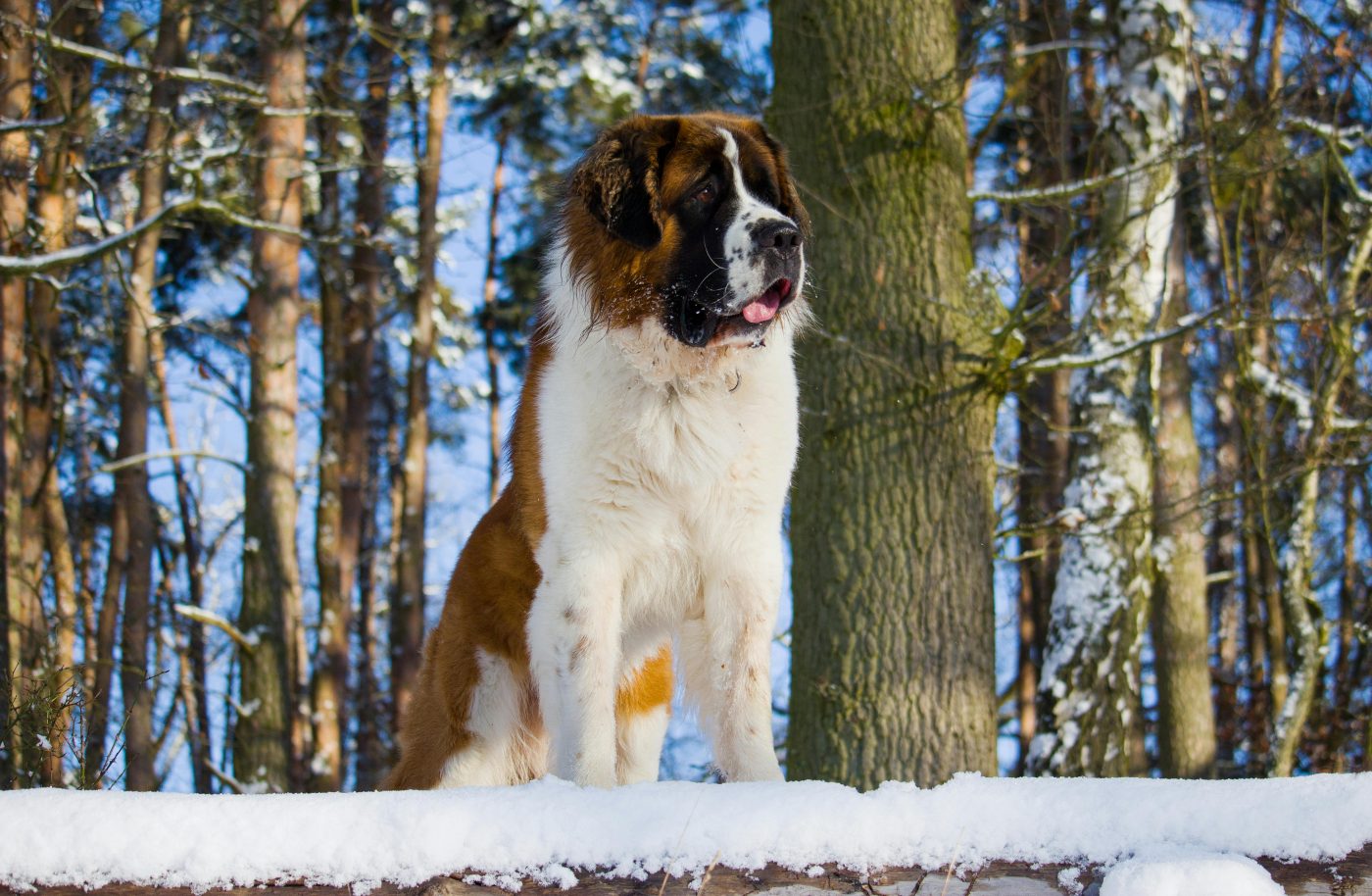
3. Greyhound
Despite their elegant appearance and affectionate nature, Greyhounds’ popularity is waning. This decline is partly due to misconceptions about their exercise needs; although they are sprinters, they are quite content with moderate daily exercise and are surprisingly good apartment dogs. However, their sensitive nature requires a calm, stable environment, and their thin coats and lack of body fat make them susceptible to extreme temperatures. Additionally, the controversy surrounding dog racing has impacted public perception, despite many retired racers making gentle and loving pets.
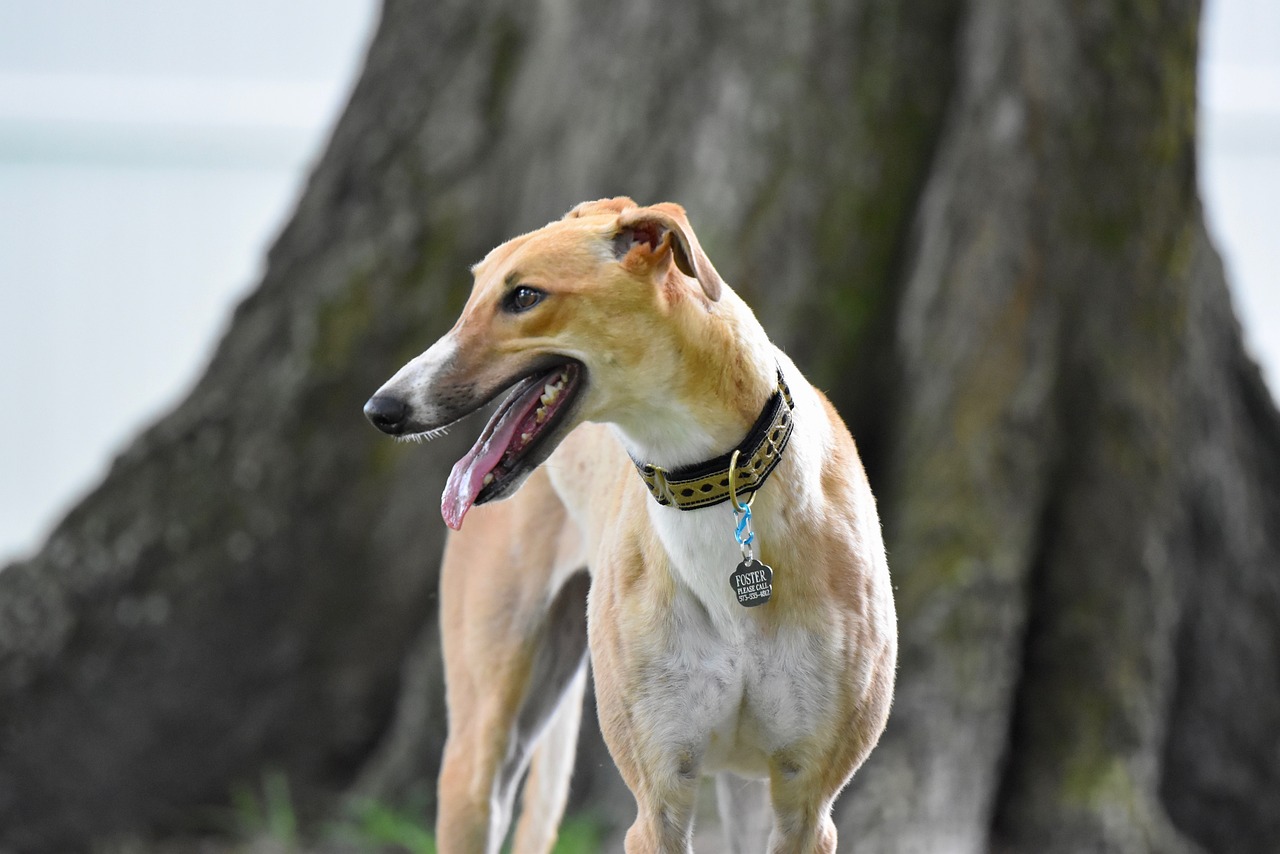
4. Borzoi
The Borzoi, a breed known for its aristocratic demeanor and striking appearance, has experienced a decline in popularity. This trend may be due to their size, grooming requirements, and independent personality, which may not align with the expectations of many dog owners. Borzois require space to roam and may exhibit a strong prey drive, making them less ideal for urban living. Their aloof nature can also challenge those looking for a more outwardly affectionate companion, contributing to their decline in mainstream popularity.
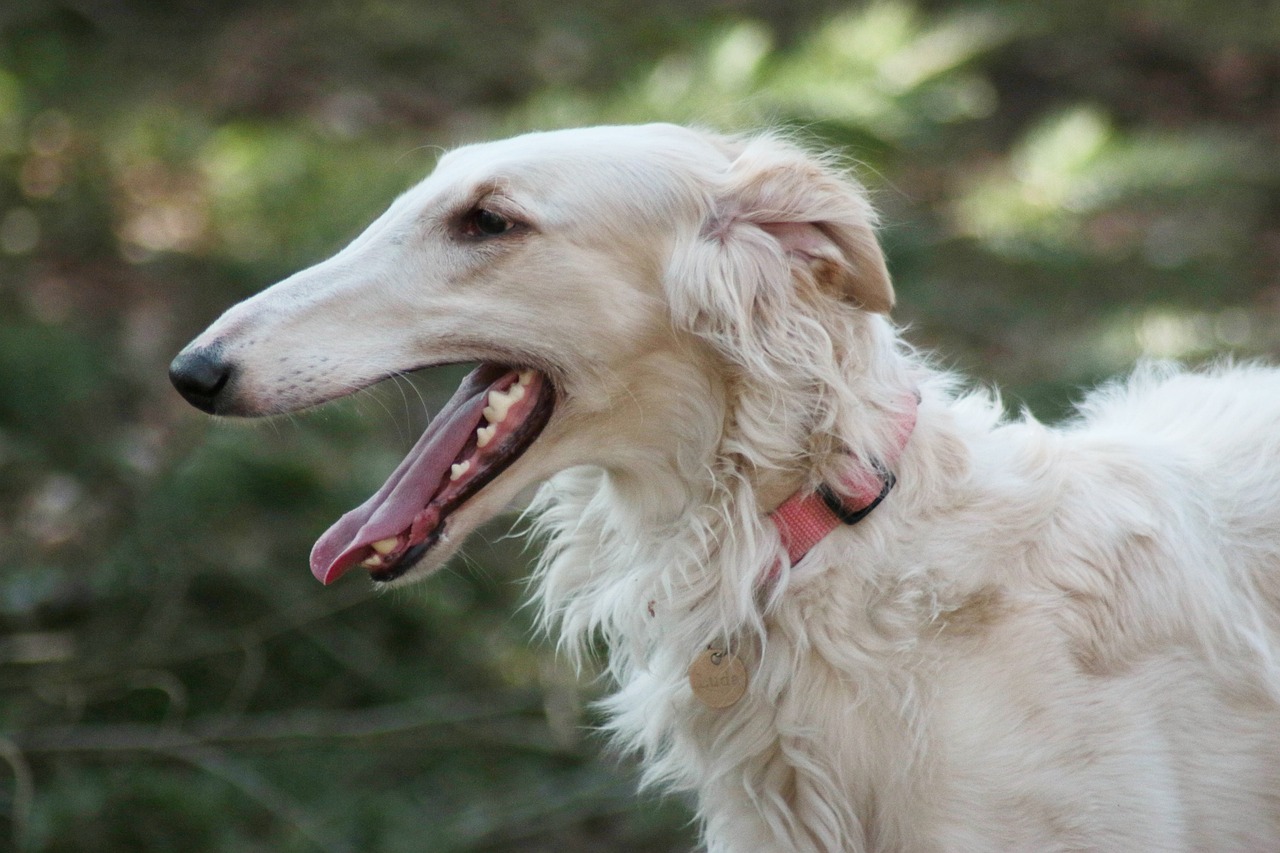
5. Irish Wolfhound
The majestic Irish Wolfhound, once revered for its hunting prowess and noble stature, has seen a decline in popularity. This trend can be attributed to their considerable size, which necessitates substantial living space and incurs higher food and veterinary costs. Additionally, the breed’s relatively short lifespan and health issues, such as heart disease and bone cancer, can deter potential owners. While they are gentle giants and great family pets, the practicalities of caring for such a large dog have contributed to their waning popularity.
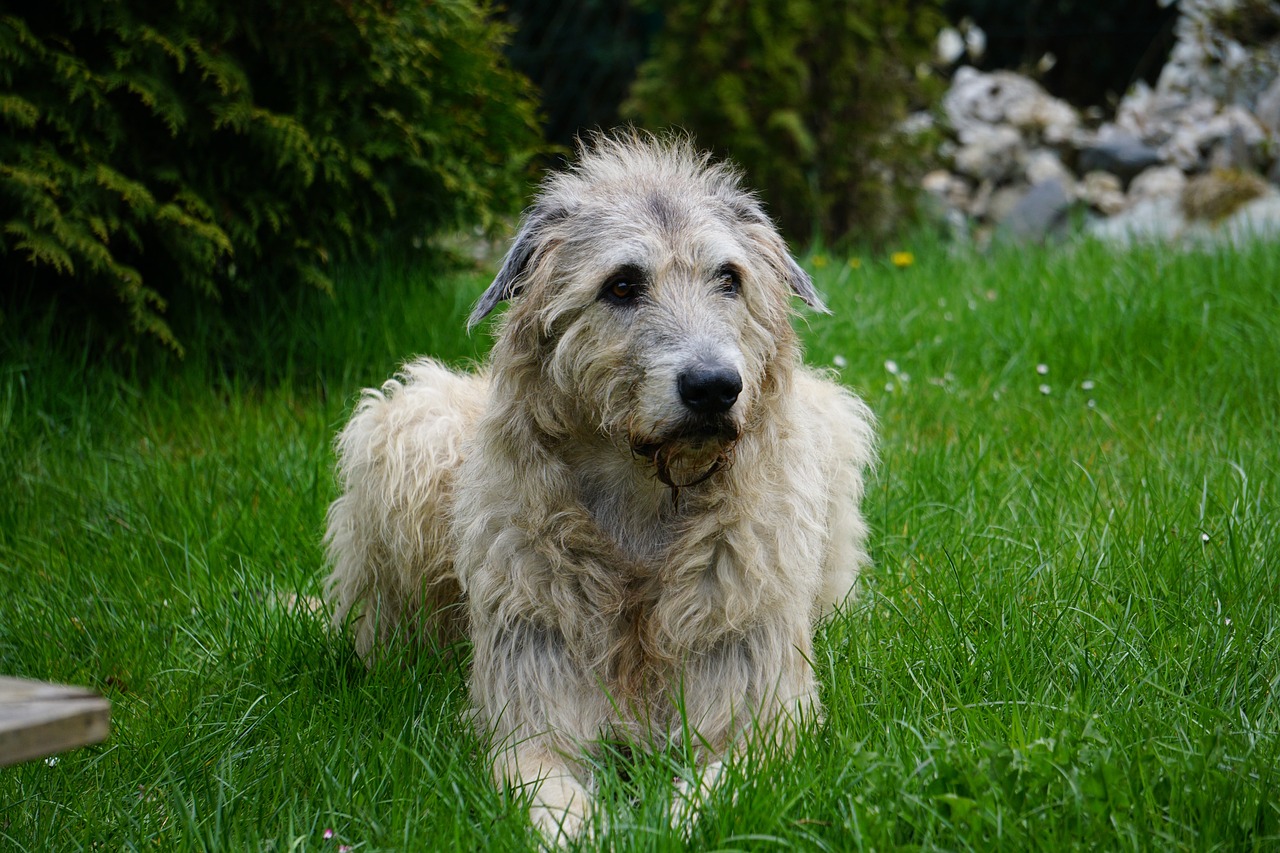
6. Airedale Terrier
The Airedale Terrier, the largest of the terrier breeds, known as the “King of Terriers,” has experienced a decline in popularity. This decrease may be due to their high grooming needs and the assertive personality typical of terriers, requiring firm, consistent training. Airedales are highly intelligent and energetic, demanding substantial mental and physical stimulation that may not fit every owner’s lifestyle. As families and individuals seek breeds with lower maintenance and more manageable temperaments, Airedales have seen a decline in their numbers.
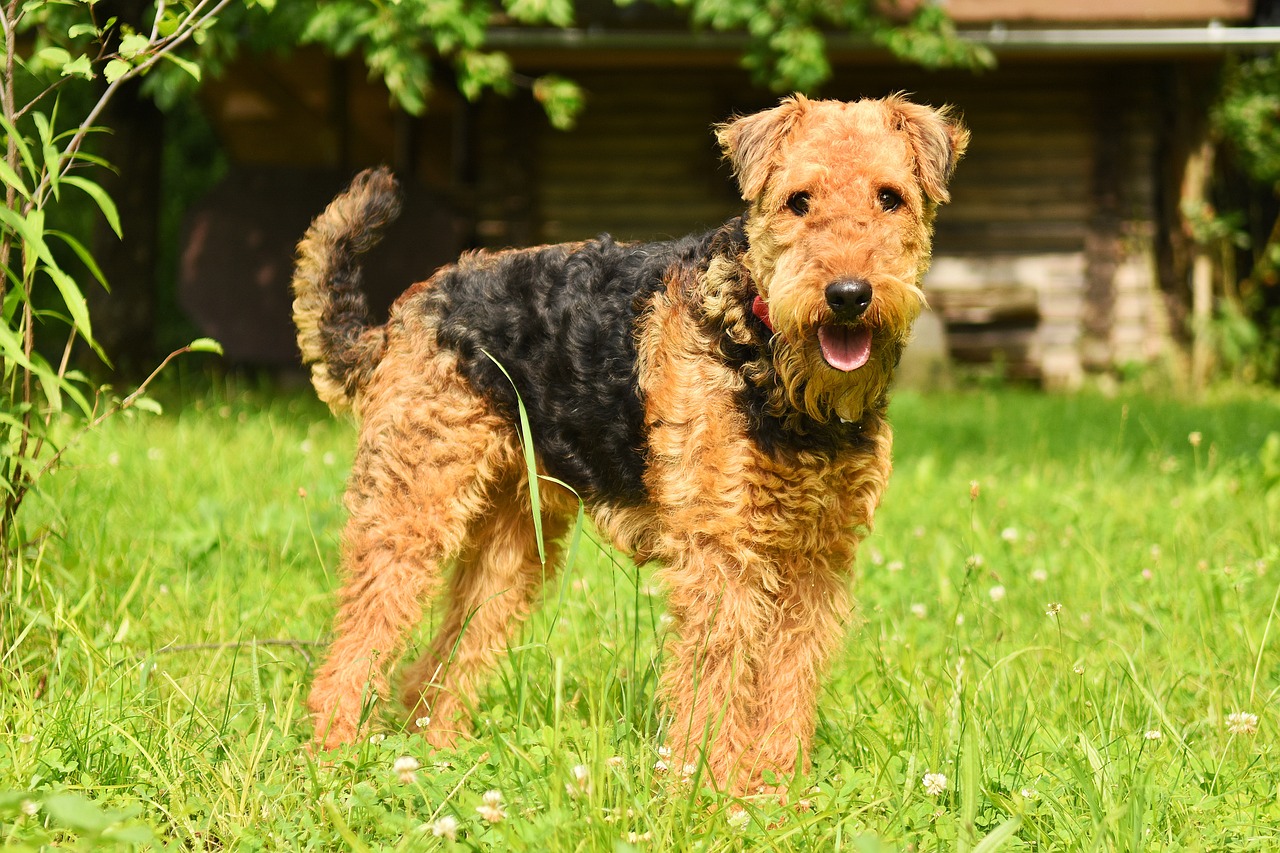
7. Shar-Pei
The Shar-Pei, recognizable by its deep wrinkles and blue-black tongue, has seen a decline in popularity after a surge in the 1980s and 1990s. This decline is largely due to the breed’s health issues, including skin problems, eye conditions, and hip dysplasia, which can be costly and challenging to manage. Additionally, the Shar-Pei’s reserved nature and loyalty to a single person may not suit every household. The novelty of the breed’s unique appearance has waned, and prospective owners now often prioritize health and temperament over aesthetics.

8. Chow Chow
Chow Chows, known for their lion-like mane and aloof demeanor, have experienced a decline in popularity. This trend can be attributed to their independent nature and need for early, consistent training and socialization, which may not suit first-time dog owners. Additionally, Chow Chows have a reputation for being reserved and sometimes aloof, preferring a calm, stable environment. Their thick coat requires regular grooming, and they are prone to certain health issues, such as hip dysplasia and eye conditions, making them a more challenging breed to care for.
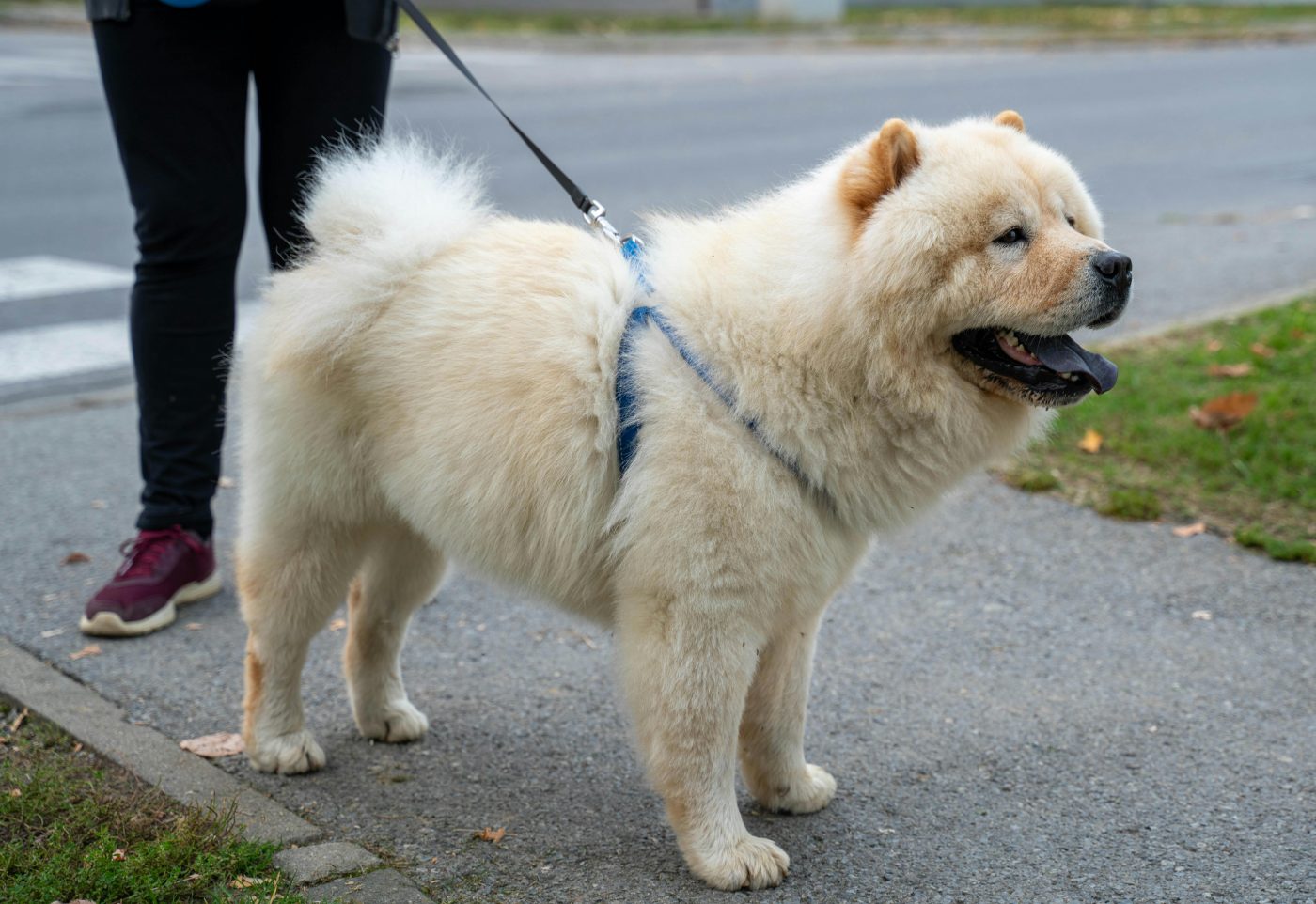
The decline in popularity of these eight dog breeds highlights the changing preferences and lifestyles of dog owners. While each breed offers unique qualities and can make wonderful companions, the realities of care, health issues, and suitability to modern living conditions have influenced their standing. This shift reminds us of the importance of thorough research and consideration when choosing a pet, ensuring that the breed’s needs and characteristics align with the owner’s lifestyle. Despite their declining popularity, these breeds continue to be cherished by enthusiasts and dedicated owners who appreciate their unique traits and the joy they bring to the right homes.
 Toledo, United States.
Toledo, United States.